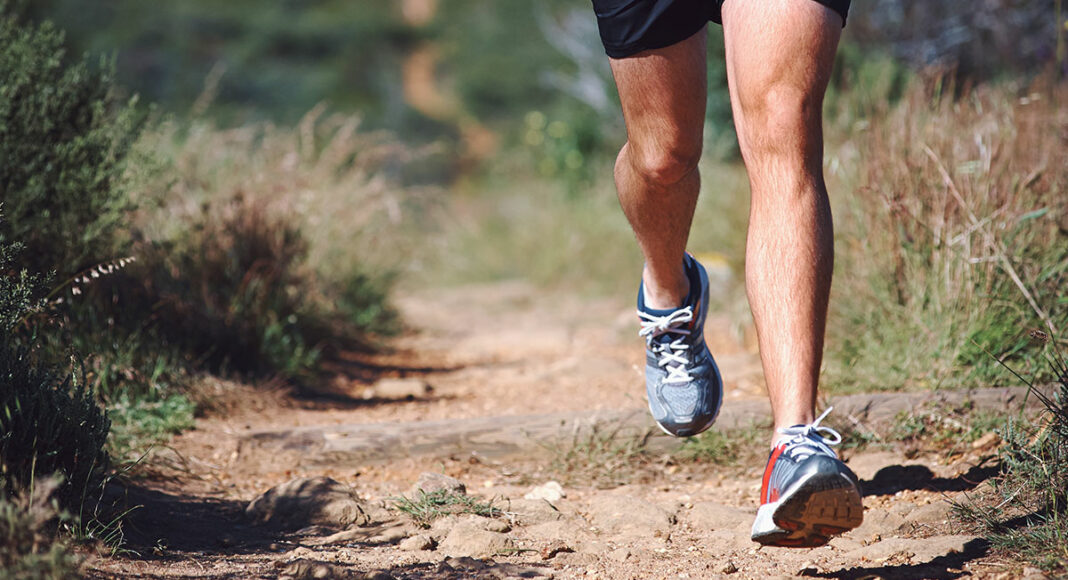Covid-19 made its unwelcome first visit to California in late January, in the middle of the indoors season, and much of the information about slowing its spread centered on hand-washing and avoiding touching the face.
Now that summer is here and businesses are reopening their doors under new mandated restrictions, once deserted streets and sidewalks are filling up again. What is known about the virus and its behavior has evolved, and the public is left to re-evaluate its attitudes in at least one crucial arena in beautiful, sunny Santa Cruz County: Is it now safe to be outside? Even in crowds?
Public-health officials are reluctant to give yes-or-no answers to such questions. But Margaret Lapiz, who is leading the SAVE Lives Santa Cruz County effort to plan for community recovery, says, “Outdoors is definitely better (than indoors).”
One of the charges of SAVE Lives, the new county effort funded by the Community Foundation, is to engage the public in an ongoing messaging campaign about what epidemiologists and governments are learning about Covid-19, Lapiz says. And though part of that messaging is that outdoors transmission of the virus is less likely than indoors transmission, it doesn’t mean that risk is zero.
“There is so much we know now that we didn’t know a few months ago,” says Lapiz, a longtime health-care executive who was tapped to head up the SAVE Lives effort in April. “But there is still a lot that is unknown. We still don’t know, for instance, the long-term effects on people who do get tested positive. Early on, there were stories about it not effecting children. Now we’re seeing it could have a significant effect. Early on, we heard about the vulnerability of the elderly population and now we’ve seen in the U.S. that it’s a pretty broad demographic in terms of infectiousness.”
As of today, there were 235 known cases of Covid-19 in Santa Cruz County, according to county health department statistics. Most of those cases were in the 18-34 age group.
As the virus becomes more familiar, people are likely to become more savvy to risk management, especially when it comes to the activities that the public is increasingly eager to embrace again: socializing with friends and neighbors, visiting parks and beaches, exercises with others.
Health officials are pointing to four areas of concern when it comes to assessing risk, including two well-known and widely adopted mitigations: masks or other face coverings, and social distancing, or staying apart from others at least six feet. A third aspect is time—risk increases with each minute of exposure to an infected person.
“It’s important to keep those interactions with those we don’t know brief, and the fewer the better,” Lapiz says.
The fourth factor is ventilation, which makes the outdoors intrinsically less risky than indoors. Health department officials have traced several clusters of cases to high-risk social gatherings in the county. “Indoors is where many of these super-spreader incidents over the last couple of months have taken place,” Lapiz says.
Jen Herrera, the county’s chief of public health, says that the success of businesses reopening and life returning to some semblance of normal is largely dependent on people’s vigilance in respecting the risk of spreading the virus.
“We understand that there is going to be a lot more movement of people,” she says. “But physical distancing is still so key. When you think how this virus is transmitted, across the nation and across the world, the spread typically happens from person to person in respiratory droplets. We just ask that the community stay vigilant about these safety precautions.”
At the beginning of June, the state gave approval to Santa Cruz County’s plan to reopen Stage 2 businesses and venues. But setbacks in infection rates could trigger what local businesses dread, more restrictions or a return to shutdown, Herrera says.
“Yes, we can be more restrictive,” she says. “But what those triggers for adjusting modifications will be has to do with three (factors): epidemiology, our health-care systems, and our health-care response capacity. If we have a high case rate, that’s something that may make us adjust our modifications.”
Lapiz says that the local health care system is working to be flexible in coming weeks in an effort to balance public health with a yearning to return to normal.
“We recognize that flare-ups are going to happen,” she says. “We have a system that’s designed around testing, contact tracing, and isolation, which allows us to immediately recognize (the virus spreading) and prevent it from spreading aggressively. Things can and may flare out beyond our plans.”
“We’re just going to have to see,” she adds. “But one of the most important parts for me is, how do we foster a culture in Santa Cruz County that is resilient and respectful, one that recognizes that the work we need to do should be guided by science and expertise. This disease is dynamic. What we know today could change tomorrow. We’re all doing our best. We need to give each other the best benefit of the doubt.”














